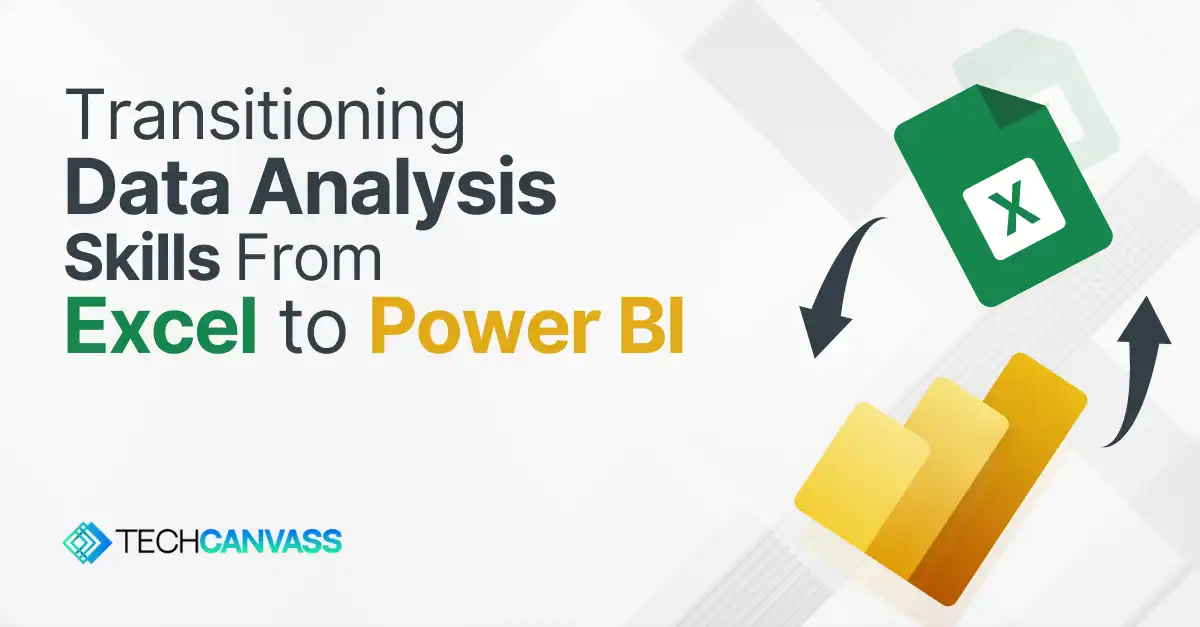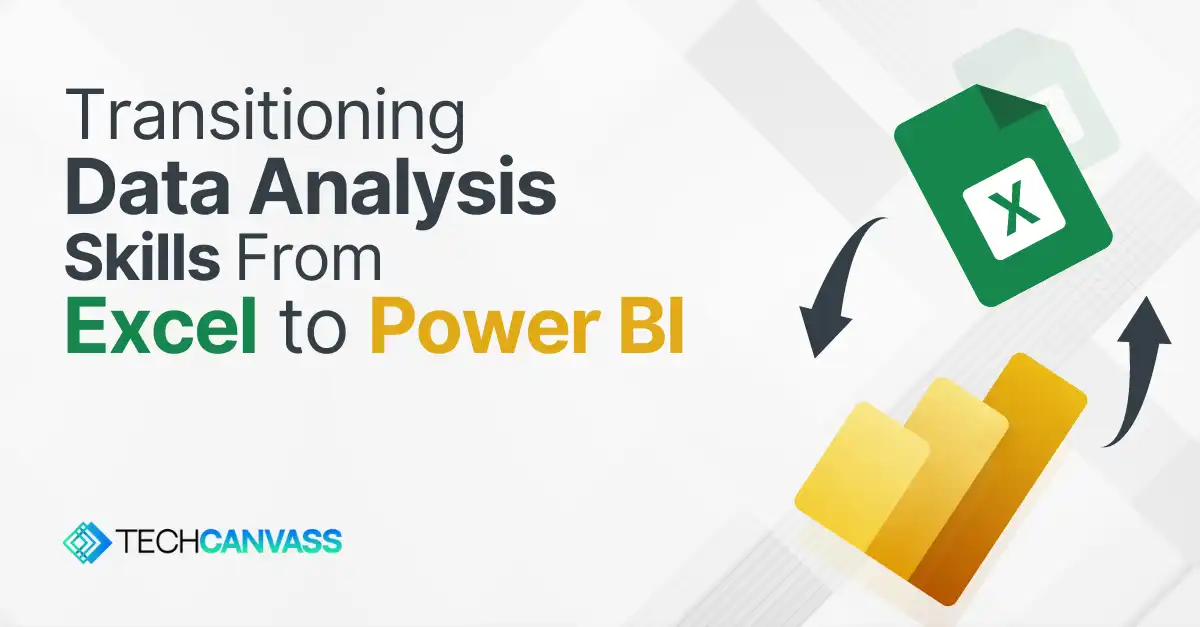We all use Excel in our daily life for different purpose and its widely used in industries as well. Its been more than decade industries and professionals using excel as data analysis tool. But in today’s world as data becomes more complex and the demand for data analysis in interactive, real time insights grows, Power BI has emerged as a powerful alternative. We can help the transition from Excel to Power BI Click here!
Differences between Excel and Power BI
- Excel: Primarily used for data entry, calculations, and basic reporting. It used in managing small to medium sized datasets and allows users to manually data manipulation with different built in functions and pivot tables.
- Power BI: A new BI tool designed by Microsoft for self service data analysis. Has capacity to to handle large datasets, create interactive reports, and provide real time insights. More than 300 plus data source connections, has scheduled data refresh abilities and offers advanced visualization.
Advantages of Power BI Over Excel
- Scalability: Power BI can handle much larger datasets than Excel, making it ideal for enterprise-level reporting.
- Automation: Using scheduled data refreshes, Power BI ensures that your reports are always up to date without fail.
- Collaboration: Using sharing option, you can share reports and dashboards across teams.
- Advanced Analytics: Power BI integrates with R and Python, offering advanced statistical and predictive analytics capabilities that go beyond Excel’s built-in functions.
What needs for Transitioning Data Analysis Skills
- Importing Data In Excel, data is generally manually entered or copied from other sources. Power BI, allows you to connect directly to various data sources, including databases, cloud services, and even Excel files as well.
- Example: Instead of copying data from a SQL database into Excel, using SQL connector you can connect Power BI directly to the SQL database (Any database).
- Data Transformation Excel has basic data cleaning and transformation functions, like filters and text functions. Power BI has Power Query Editor, takes data transformation to the next level.
- Example: In Power BI have Power Query to automatically clean and format the data. Suppose in data have one column with mixed date formats, Power Query can standardize these formats across the entire dataset with a single step.
- Creating Visualizations Excel has charts, but they are very basic and limited in terms of interactivity and customization. Power BI has a wide range of visualizations, from simple bar charts to complex KPI’s, and allows for deep customization.
- Example: While Excel can create static bar charts, but Power BI allows you to create an interactive bar chart where clicking on a bar filters the entire report page to show related data.
- Data Modeling Excel uses flat tables or pivot tables to summarize data Power BI allows more sophisticated data modeling by allowing users to create relationships between different tables (may be coming from different data sources as well).
- Example: In Excel, using VLOOKUP to combine data from two tables (sheets). In Power BI, has establish a relationship between these tables, making it easier to create complex reports without repetitive functions.
Conclusion
Transitioning Data Analysis Skills From Excel to Power BI can significantly boost your data analysis capabilities and carrier. Still Excel is going to be a powerful tool for some tasks. But as data size and complexity we need strong BI tool like Power BI which has ability to handle large datasets, automate the reporting and creates interactive visualizations. Which helps for data driven decision making processes.
If you’re ready to take your skills to the next level, consider enrolling in a Power BI course that covers everything from basic data import to advanced analytics, ensuring you’re well-equipped to make the most of this powerful tool.
Research Data: As per the Gartner report organizations are using modern business intelligence platforms like Power BI, Tableau, Qlik. Where Power BI has gained 20% improvement in data driven decision making processes, which highlighting the value of transitioning from traditional tools like Excel.




